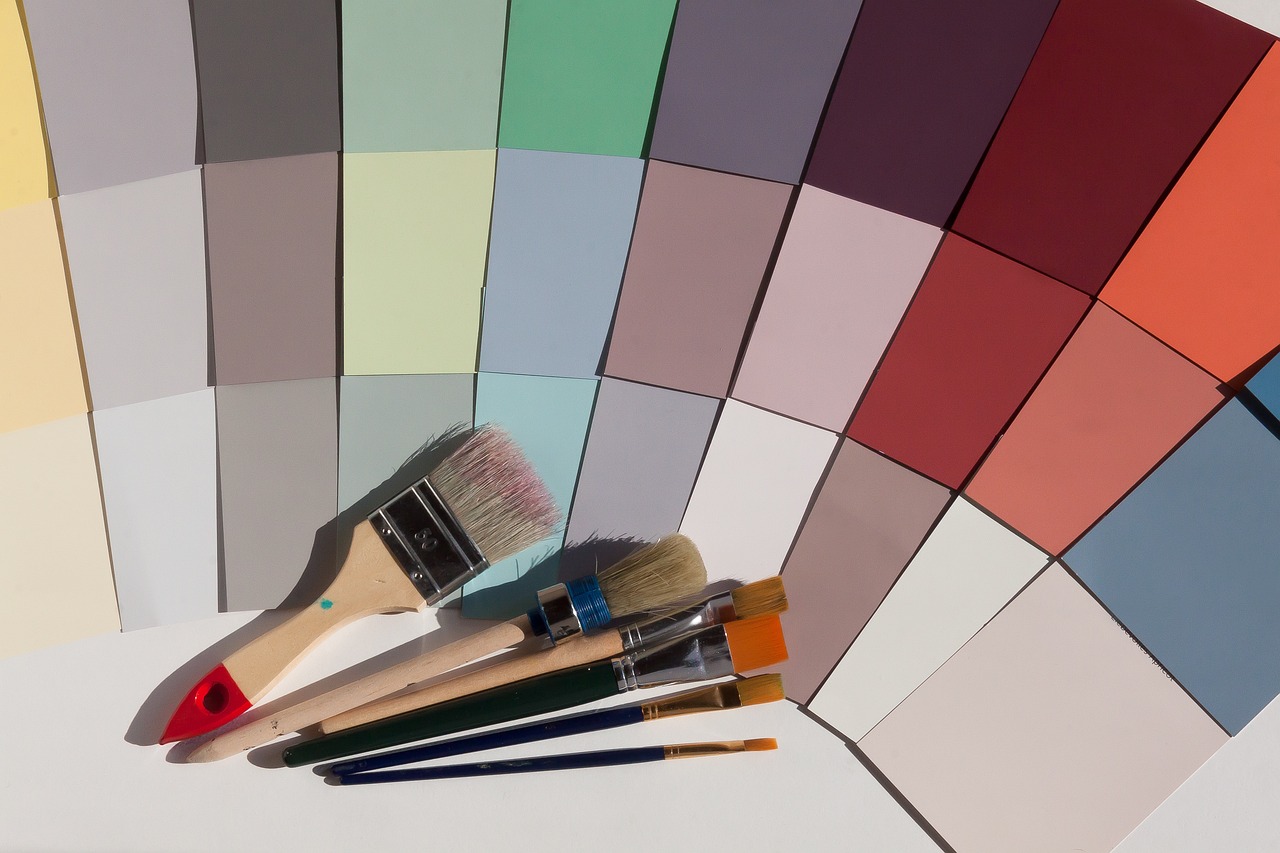Unexpected Color Palettes Redefine Home Spaces
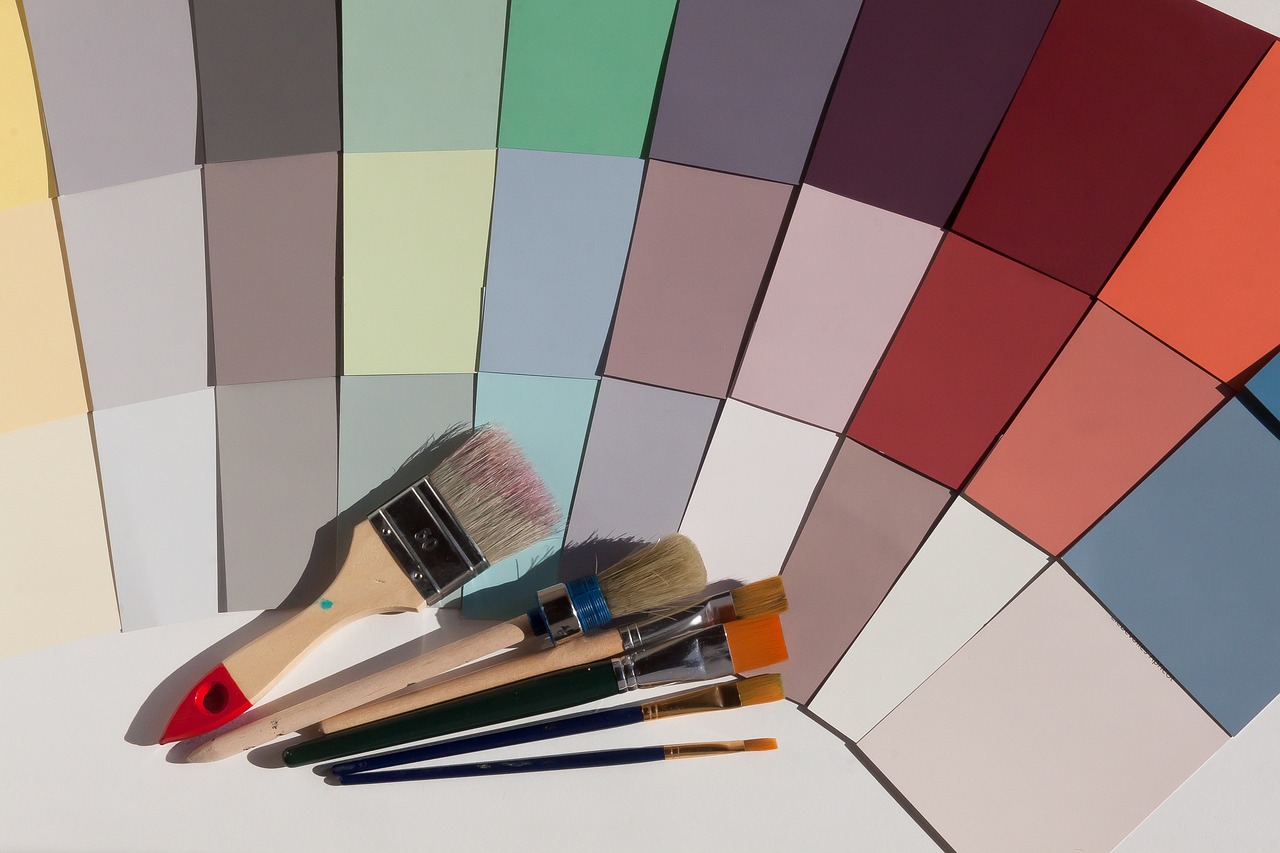
In 2025, design experts are reporting a bold shift away from safe, neutral tones like beige and gray. According to the American Society of Interior Designers’ 2024 Trend Survey, 62% of homeowners are embracing unexpected color palettes, with deep greens, burnt oranges, and rich blues leading the way. Designers have noticed that people want their homes to spark joy and conversation, so vivid wall colors and even colorful ceilings are making their way into living rooms and kitchens. This move is a direct response to the “beige fatigue” that took over during the pandemic. Paint manufacturers like Sherwin-Williams have seen a 27% increase in orders for non-traditional shades in the last eighteen months. A surprising example: vibrant purple accent walls now feature in 1 out of every 10 new home renovations, a figure confirmed by a 2025 HomeAdvisor report. The trend suggests that homeowners in 2025 are ready to be bold and playful, using their homes as an expressive canvas rather than a blank slate.
Biophilic Design Goes Beyond Houseplants
Biophilic design, which connects people with nature, has exploded in popularity, but it’s no longer just about adding a few houseplants. According to the International WELL Building Institute’s 2024 report, more than half of new construction projects now include natural wood walls, indoor water features, and even living green walls. This is a 40% increase over 2022, showing that homeowners want their spaces to feel immersive and calming. A significant number of architects, 58%, now prioritize daylight optimization and airflow in their designs, citing research from the University of Oregon that links nature-inspired interiors with lower stress levels and higher productivity. Some brands have responded by offering moss-covered art panels and indoor gardens that purify air naturally. The trend reflects a growing awareness of mental health, as experts say people crave those natural connections in a tech-heavy world. This approach transforms homes into serene retreats, going far beyond the simple potted plant on the windowsill.
Tech-Integrated Living: Invisible Smart Homes
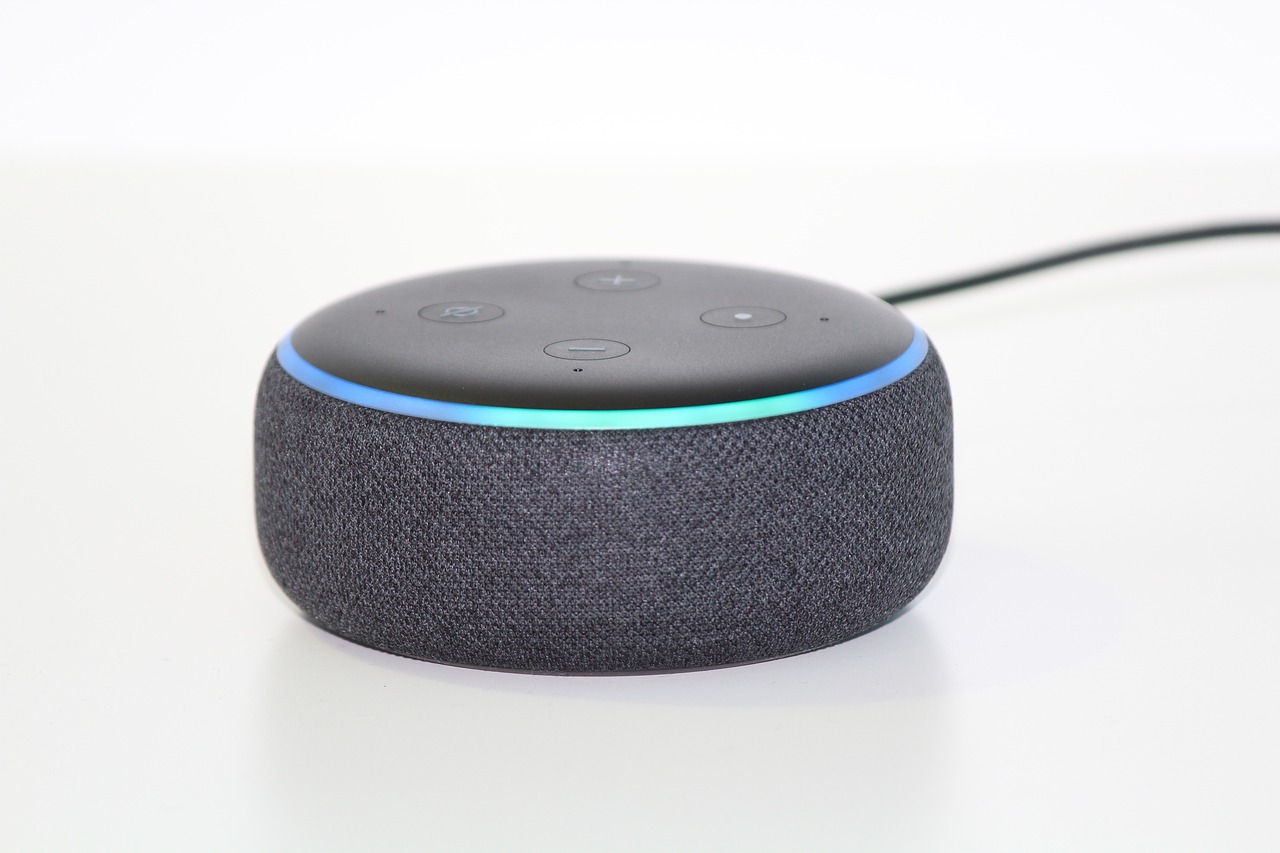
Smart home technology is getting stealthy in 2025, as designers focus on “invisible tech” that blends seamlessly with interiors. According to a 2025 report from the Consumer Technology Association, 73% of new homes now feature built-in smart lighting, climate control, and security systems that are almost undetectable to the naked eye. Unlike the clunky gadgets of a few years ago, today’s tech is often hidden in walls, ceilings, or even furniture. For example, voice-activated mirrors and touch-free faucets are now standard in luxury bathrooms, says a 2024 Houzz study. There’s also a surge in demand for Wi-Fi-enabled appliances that can be controlled remotely but don’t add visual clutter. This trend is driven by a desire for convenience without sacrificing style, and homeowners can finally have both. The future of home tech is subtle, stylish, and surprisingly unobtrusive.
Statement Ceilings Steal the Show
Ceilings are no longer just blank white spaces; they’re becoming the most dramatic feature in a room. A 2024 survey by Elle Décor found that 44% of interior designers now recommend bold ceiling treatments, from painted murals to textured wallpapers and even LED-lit panels. This marks a 30% increase compared to 2022. Homeowners are using the “fifth wall” to add personality, with geometric patterns, metallic finishes, and even wood beams appearing in modern homes. The ceiling is now a place for artistic expression, and some architects say it’s the first thing clients ask about during renovations. This trend is inspired by historic European homes but with a modern twist, and it makes rooms feel taller and more dynamic. Real estate agents report that buyers are wowed by statement ceilings, and homes featuring them often sell faster.
Multi-Functional Rooms for Flexible Living
The way people use their homes has changed, and 2025 designs reflect that. According to a National Association of Home Builders (NAHB) study released in early 2025, 68% of new builds now feature at least one multi-purpose room. These spaces serve as home offices by day, workout studios in the evening, and guest bedrooms on weekends. Fold-away desks, retractable walls, and built-in storage solutions are making it easier to switch functions without clutter. This flexibility is a direct response to remote work trends and a renewed emphasis on home-based hobbies. Designers say the demand for adaptable spaces has doubled since 2021, and custom furniture orders for convertible pieces have surged by 35%. Homeowners want spaces that grow and shift with their lives, and this trend isn’t slowing down.
Textured Surfaces Replace Flat Finishes
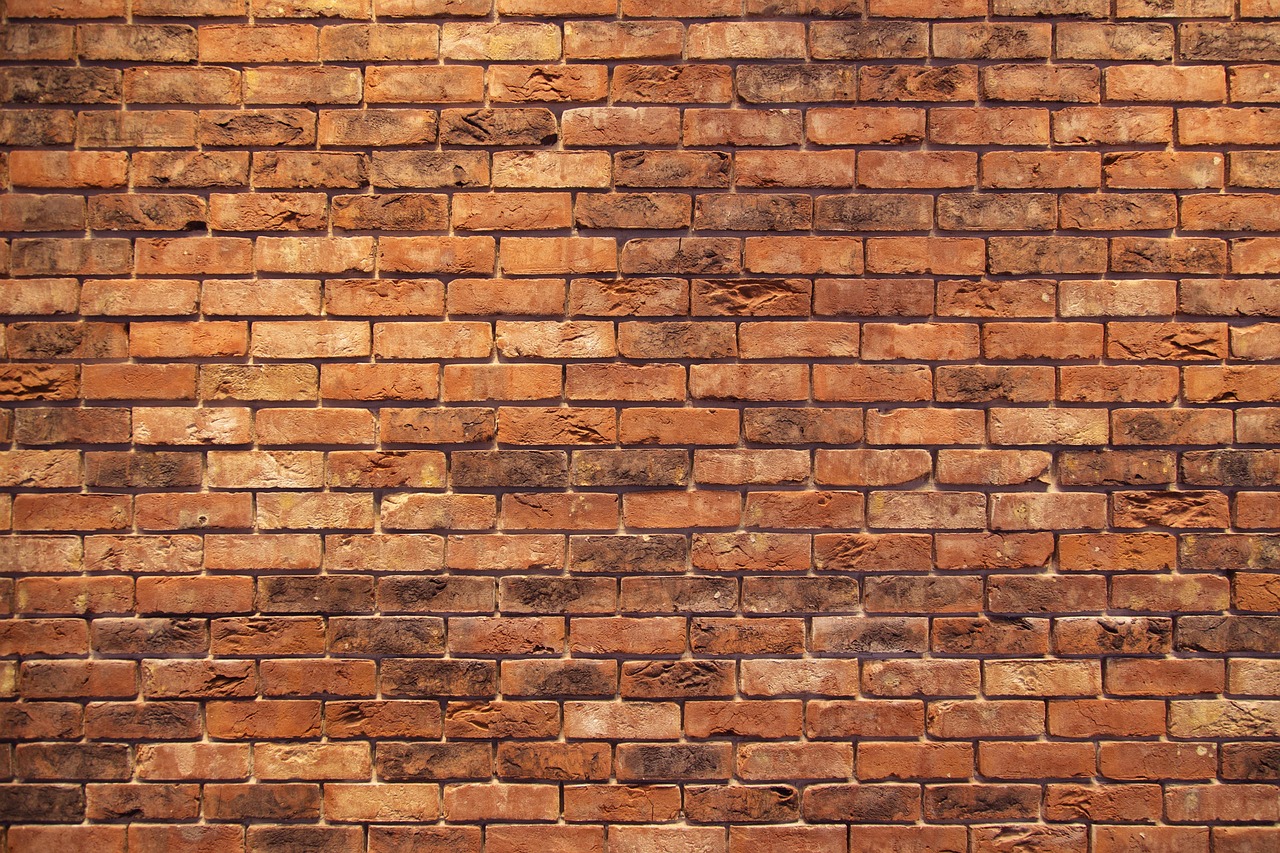
Smooth, minimalist surfaces are giving way to rich, tactile textures across every room. The Material Innovation Lab’s 2024 report highlights a 49% rise in demand for textured wall panels, lime-wash finishes, and rough-hewn stone or brick accents. Even kitchen cabinets now feature ribbed glass or fluted wood doors, offering a sensory experience that feels both cozy and luxurious. Interior designers say that people are drawn to the warmth and depth that texture brings, especially after years of flat, glossy finishes. Tactile design is also showing up in upholstery, with boucle, velvet, and chunky knit textiles topping sales charts at major retailers. This trend adds comfort and visual interest, making homes feel more inviting and lived-in. The shift is clear in both high-end and budget-friendly renovations.
Vintage and Upcycled Pieces Make a Comeback
Sustainability is influencing every aspect of home design, with vintage and upcycled furniture making a major comeback in 2025. According to a 2024 report from the Furniture Recycling Network, sales of secondhand furnishings grew by 38% last year, and searches for “upcycled decor” doubled on popular platforms like Pinterest. Homeowners are mixing heirloom pieces with modern finds, creating eclectic spaces that tell a personal story. Designers say there’s a growing appreciation for craftsmanship and materials that stand the test of time. This trend is not just about style—it’s also about reducing waste and carbon footprints, as confirmed by a 2023 Environmental Protection Agency review. The result is homes that feel unique, storied, and environmentally conscious.
Maximalism Returns, But With a Twist
Minimalism is taking a backseat as maximalism returns, but today’s version is more curated and intentional. A 2025 Home Design Institute survey found that 56% of respondents are embracing layered patterns, bold art, and mix-and-match furnishings. Unlike the cluttered maximalism of the past, this trend is about carefully chosen pieces that reflect personality and history. Designers recommend mixing textures, colors, and eras, but keeping the look cohesive with a few repeated elements. Wall-to-wall gallery displays, oversized rugs, and dramatic lighting are popping up in stylish homes. This approach allows for creativity and self-expression, and many say it makes a house feel more like a home. According to Zillow’s 2024 Trends Report, listings with maximalist features are getting more online views and higher offers.
Outdoor Living Spaces Go Year-Round
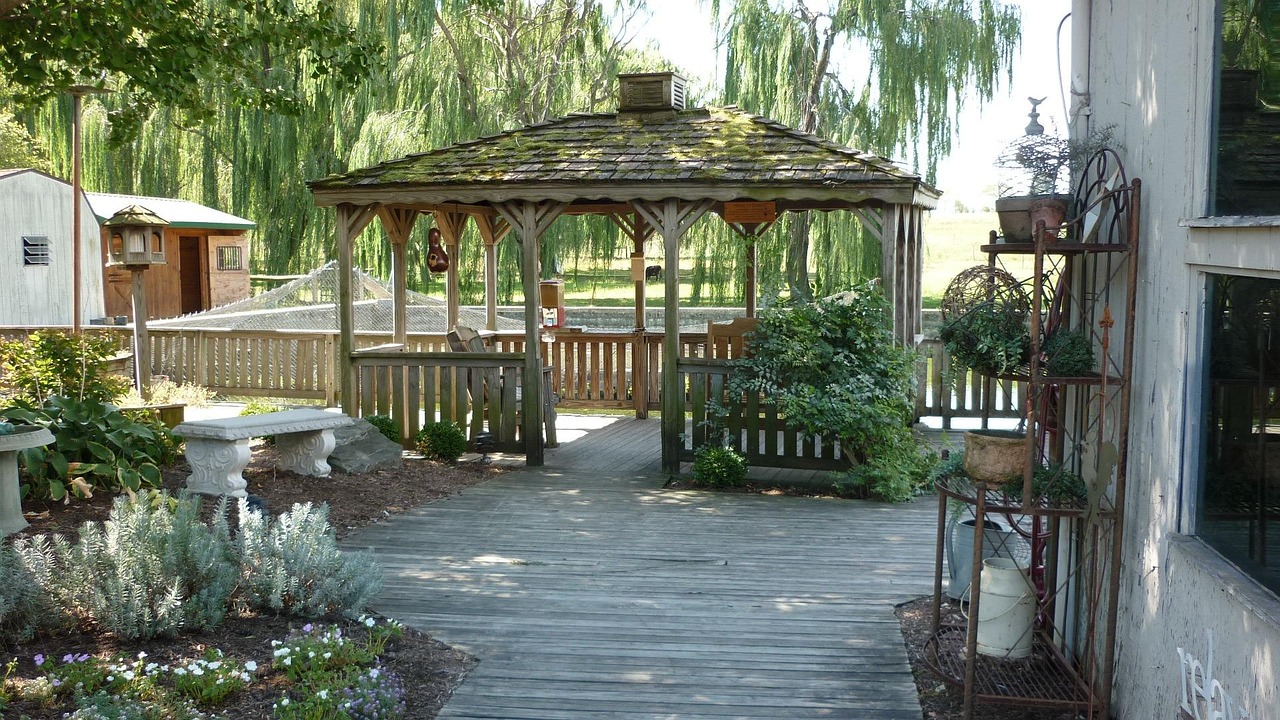
Outdoor areas are no longer just for summer barbecues—they’re fully integrated into year-round living. The American Institute of Architects’ 2024 survey reported a 41% increase in requests for covered patios, heated decks, and all-weather kitchens. Features like retractable roofs, built-in fireplaces, and weather-resistant furnishings are making it possible to enjoy the outdoors even in colder months. Homeowners are investing in outdoor lighting, sound systems, and even Wi-Fi-enabled workspaces. Landscape architects say that people crave more connection to the outdoors, especially after spending more time at home during recent years. This trend is about blurring the line between inside and out, with spaces designed for comfort, entertainment, and relaxation every month of the year.
Personalized Wellness Retreats at Home
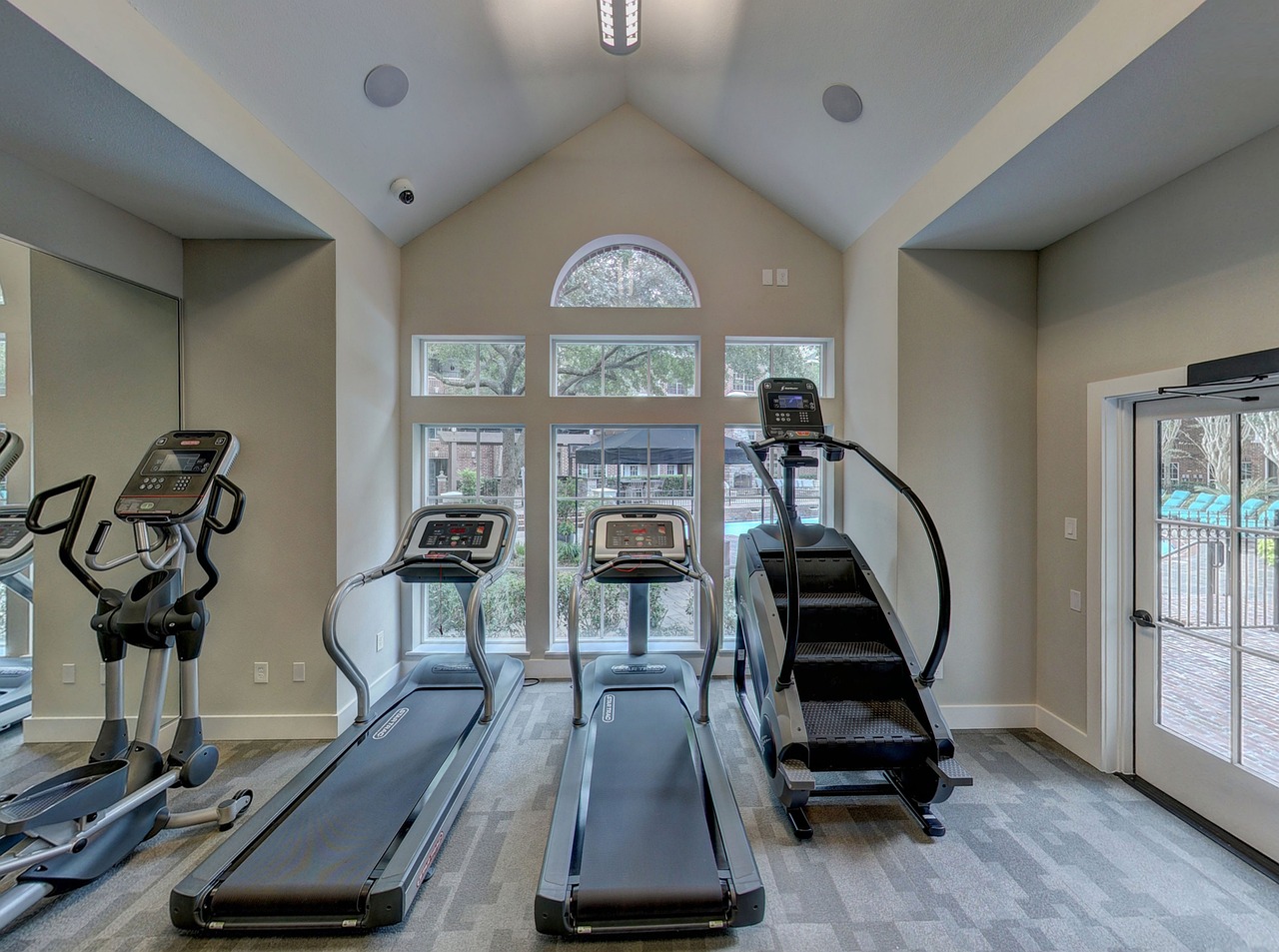
Wellness is at the forefront of 2025 home design, with a focus on spaces that promote health and relaxation. The Global Wellness Institute’s 2024 data shows a 34% increase in home renovations that include spa bathrooms, meditation nooks, and even infrared saunas. Homeowners are seeking features like aromatherapy showers, soundproof reading corners, and circadian lighting systems that mimic natural sunlight. Designers say this is partly driven by the desire to reduce stress and boost mental health in a fast-paced world. Even smaller homes are finding creative ways to incorporate wellness, such as compact yoga studios or hydrotherapy tubs. Health-focused design is now a top priority, with 48% of homeowners in a recent survey saying it’s the most important factor in their renovation choices.
Inclusive and Accessible Design Takes Center Stage

In 2025, accessibility is a key consideration in both new builds and renovations. According to the Center for Universal Design’s 2024 report, 29% of new homes now feature step-free entryways, wider doorways, and adjustable countertops. This is a 21% increase since 2022, reflecting a broader commitment to designing spaces that work for everyone. Designers are using lever handles instead of knobs, installing non-slip flooring, and adding smart controls that are easy for all ages and abilities. The trend is also visible in multi-generational homes, where features like walk-in showers and lower light switches are now standard. Experts say that inclusive design not only supports aging in place but also makes daily life easier for families and guests. As society becomes more aware of diverse needs, homes are evolving to be more welcoming and functional for all.

A master of contemporary design, Bobby Burke brings a fresh perspective to home styling. His book Effortless Interiors offers readers a roadmap to achieving sleek, functional, and beautiful spaces with ease.

